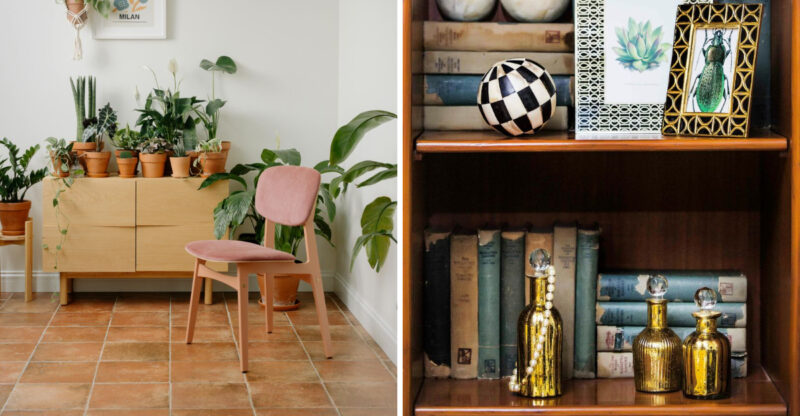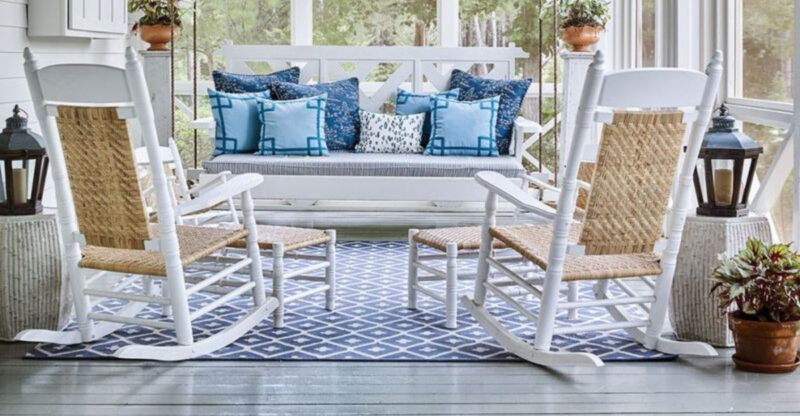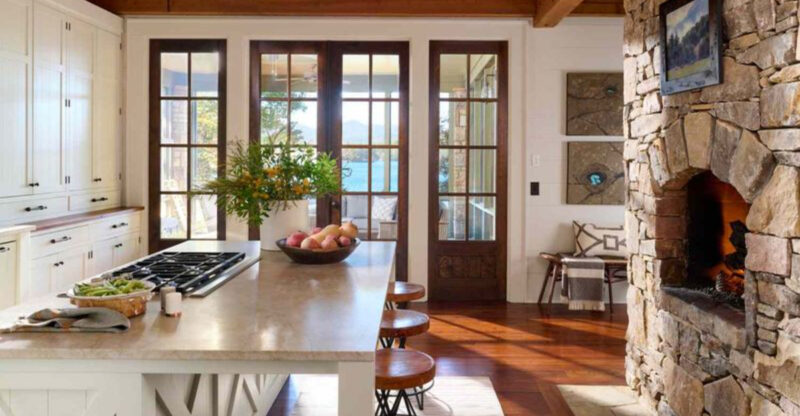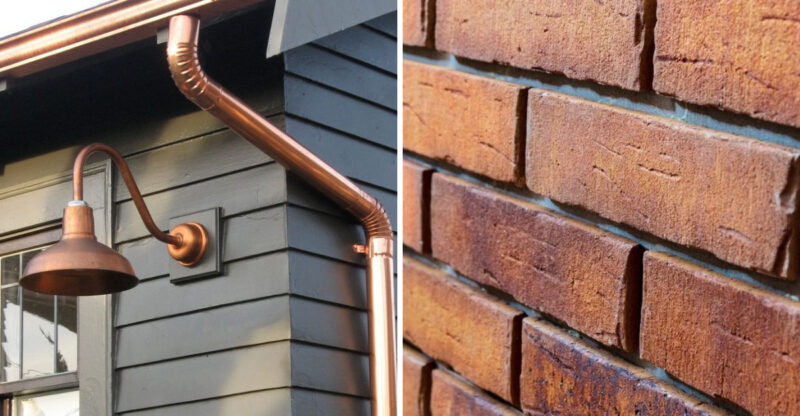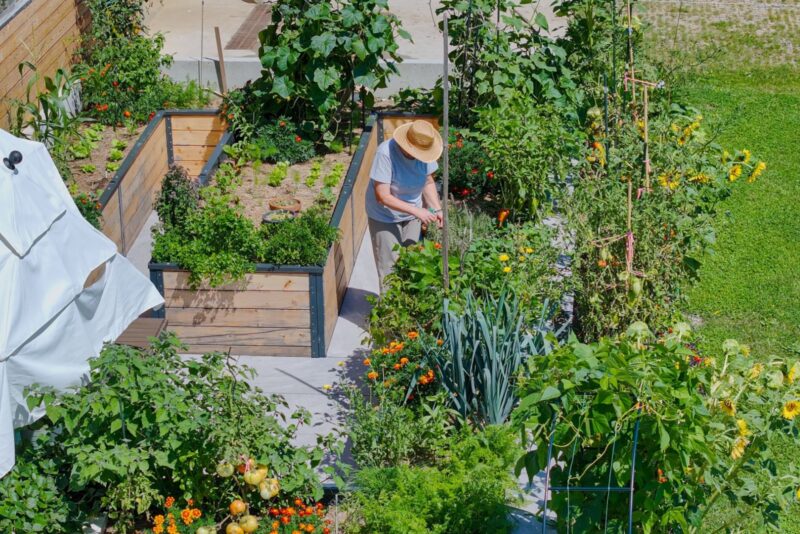13 Timeless Design Trends Interior Experts Are Loving Again This Year

Design trends may ebb and flow, but true classics always find their way back home. This year, interior experts are leaning into timeless styles Breviving beloved elements that balance nostalgic charm with a fresh, modern twist.
Whether you’re planning a full home makeover or simply craving a subtle refresh, these enduring trends offer the perfect mix of staying power and personal flair.
Ready to bring a little history and a lot of style into your space? Let’s dive in.
1. Wicker and Natural Fiber Accents

Rattan, wicker, and jute are making a huge comeback in homes everywhere. These natural materials add instant warmth and texture to any space without overwhelming the senses.
What makes these elements so appealing is their versatility from statement chairs to simple baskets, they blend seamlessly with nearly any style from coastal to bohemian to minimalist modern. The subtle variations in color and texture create visual interest that manufactured materials simply can’t match.
I’ve noticed these natural elements pair beautifully with both vibrant colors and neutral palettes, making them perfect for seasonal updates without major investments. Their connection to nature also brings a calming element that many of us crave in our increasingly digital lives.
2. Curved Sofas and Arch Details
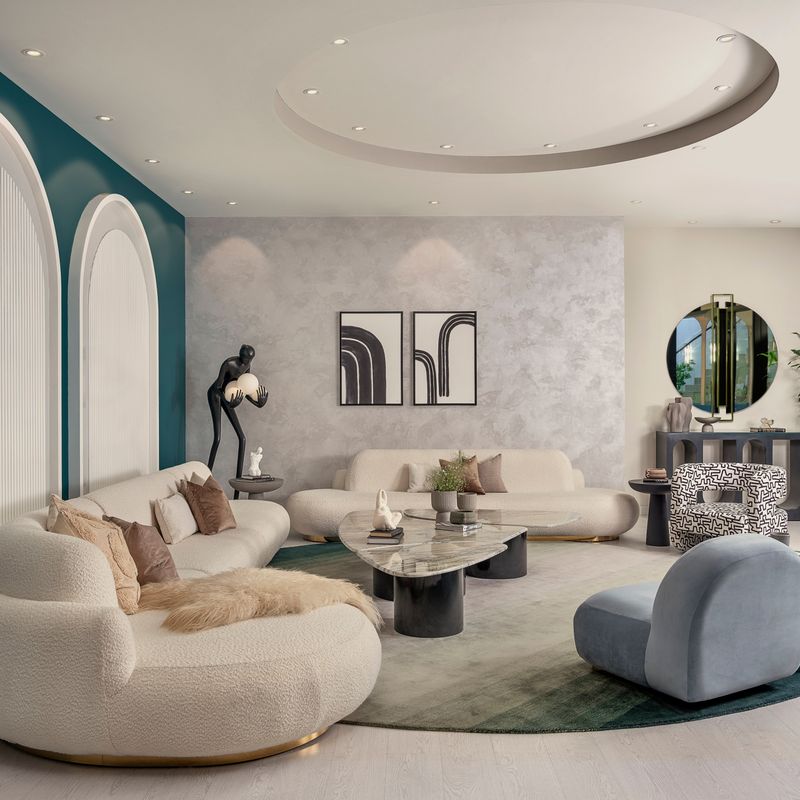
Gentle curves are replacing sharp angles in our homes, creating spaces that feel more welcoming and organic. Curved sofas, once popular in the 1970s, invite conversation and soften the overall feel of living spaces.
Arched doorways, windows, and decorative elements echo this same flowing aesthetic. These rounded silhouettes create a visual rhythm that guides the eye smoothly through a room rather than stopping abruptly at harsh corners.
The psychology behind curved furniture is fascinating studies show we’re naturally drawn to organic shapes that mirror what we see in nature. My favorite application combines a curved statement sofa in a textured fabric with arched mirrors or wall niches that repeat the motif throughout the space. The result feels both timeless and thoroughly modern.
3. Earth-Toned Color Palettes
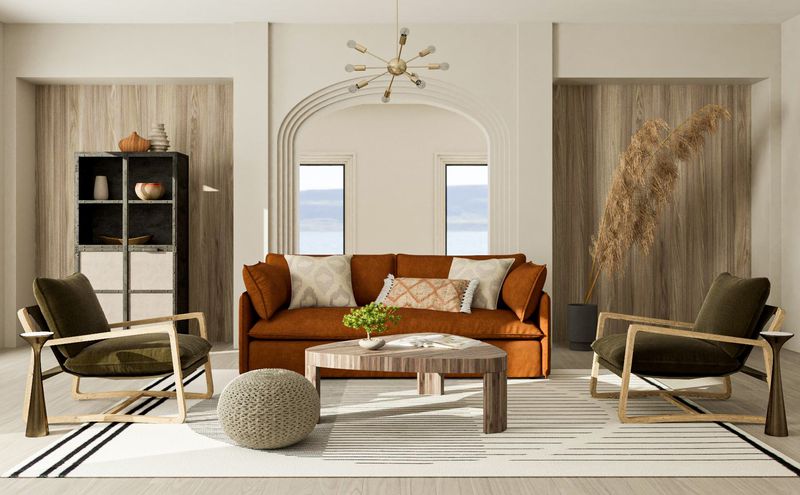
Earthy hues are having a major moment, replacing the cool grays that dominated the 2010s. Think warm terracottas, rich ochres, muted olives, and soft taupes that create a grounded, nurturing atmosphere in any room.
These colors work so beautifully because they’re literally drawn from nature, making them inherently harmonious with each other and with natural materials. I’m seeing these tones applied in creative ways from color-blocking walls to tinted plaster finishes that add depth and dimension. Earth tones also have staying power because they’re less likely to feel dated quickly.
They create versatile backdrops that allow furniture and accessories to shine while still making a subtle statement of their own. For commitment-phobes, try incorporating these colors through textiles or artwork before painting an entire room.
4. Mixed-Material Furniture
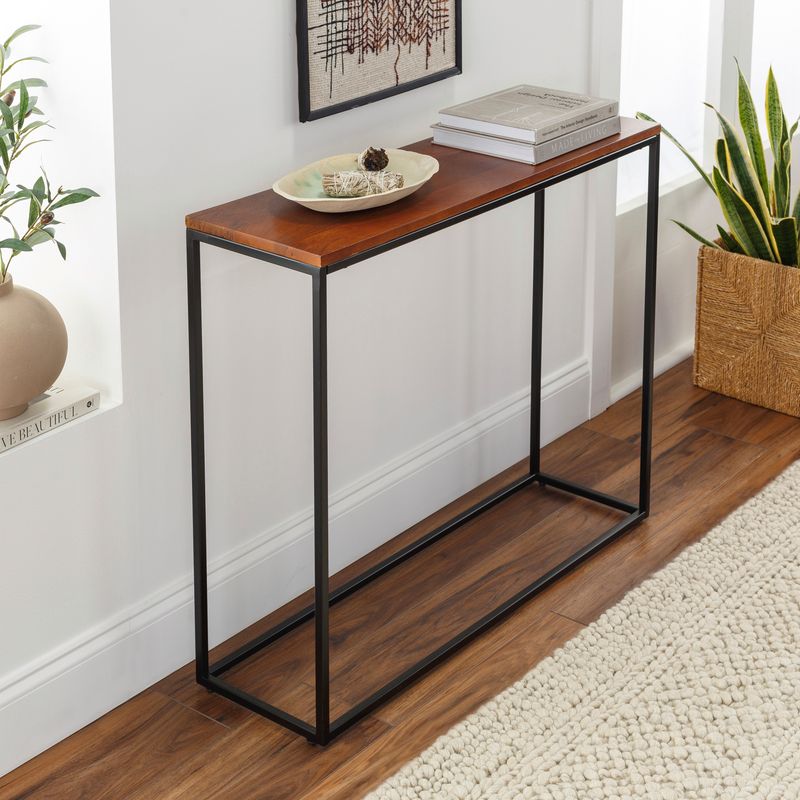
Furniture that combines different materials – particularly wood with metal – creates visual interest through contrast and complexity. Coffee tables with wooden tops and metal legs or cabinets featuring both materials are everywhere this year. This mixing of elements speaks to our desire for pieces with character and uniqueness.
When materials are thoughtfully combined, they highlight each other’s best qualities – the warmth of wood softens industrial metal, while metal adds contemporary edge to traditional wood tones. If you’re shopping for mixed-material pieces, look for quality craftsmanship where the materials meet.
Those junction points should feel intentional and well-executed. I especially love combinations that include blackened steel with walnut or brass accents paired with lighter woods for a look that’s both sophisticated and approachable.
5. Statement Light Fixtures
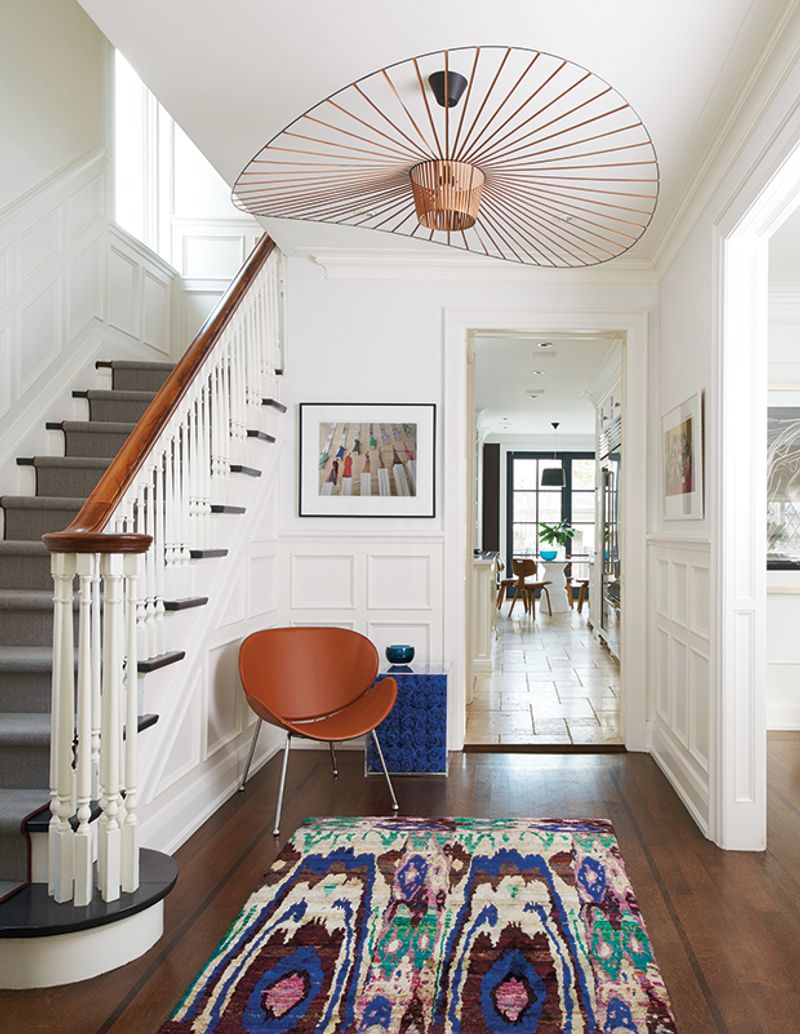
Lighting has moved far beyond basic function to become sculptural art in our homes. Oversized pendants, artistic chandeliers, and fixtures with unusual materials are transforming ceilings into focal points rather than forgotten surfaces.
Many homeowners are treating lighting as the jewelry of a room the finishing touch that pulls everything together while adding personality. These statement pieces work especially well in otherwise simple spaces where they can truly shine without competition. My clients are increasingly willing to splurge on a spectacular fixture while keeping other elements more budget-friendly.
Beyond their aesthetic impact, these fixtures often create fascinating shadow play and light distribution that changes the mood of a space throughout the day. When selecting a statement light, consider both its appearance when lit and unlit the best designs look beautiful either way.
6. Vintage-Modern Decor Mixing
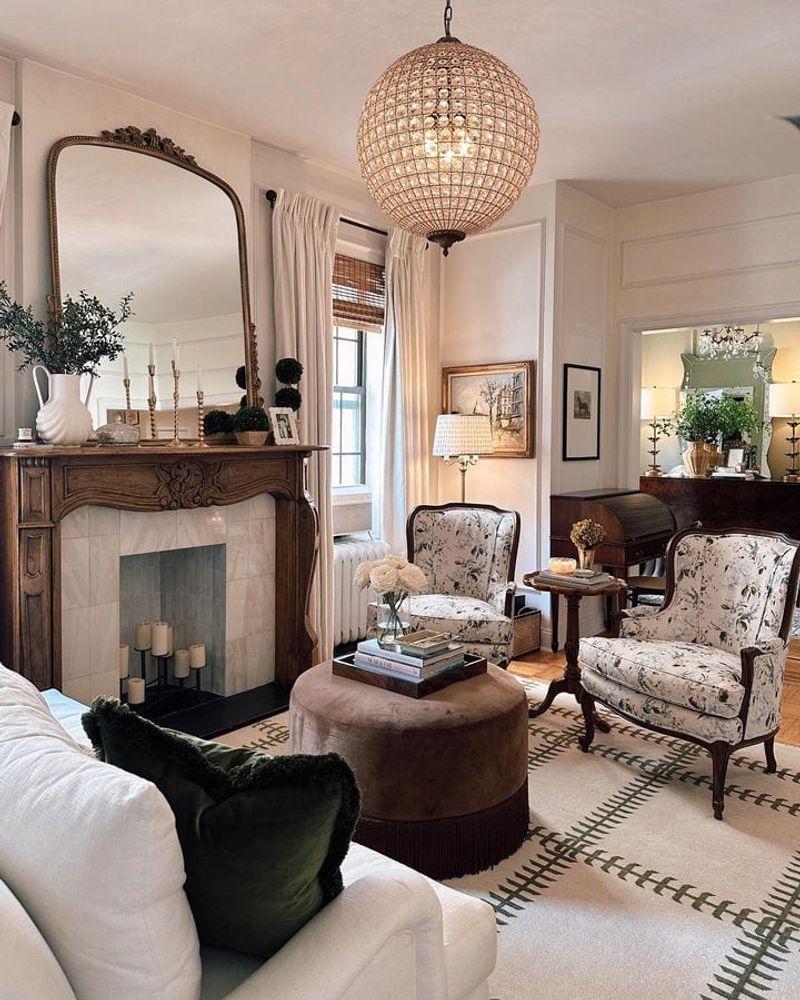
The most interesting homes today blend old and new pieces for spaces that feel collected rather than decorated. This approach pairs contemporary furniture with vintage finds, creating rooms with soul and personality that can’t be achieved through catalog shopping alone.
Mixing eras prevents spaces from feeling like time capsules or showrooms. A mid-century credenza might sit beneath a contemporary painting, while antique candlesticks share space with modern ceramics. This juxtaposition creates tension that makes rooms feel alive and interesting. The sustainability aspect of incorporating vintage pieces also resonates with today’s environmentally conscious consumers.
I encourage clients to invest in quality contemporary basics while hunting for one-of-a-kind vintage accents that tell stories and create conversation. This approach ensures spaces feel timeless rather than trendy.
7. Woven Textures and Artisanal Rugs
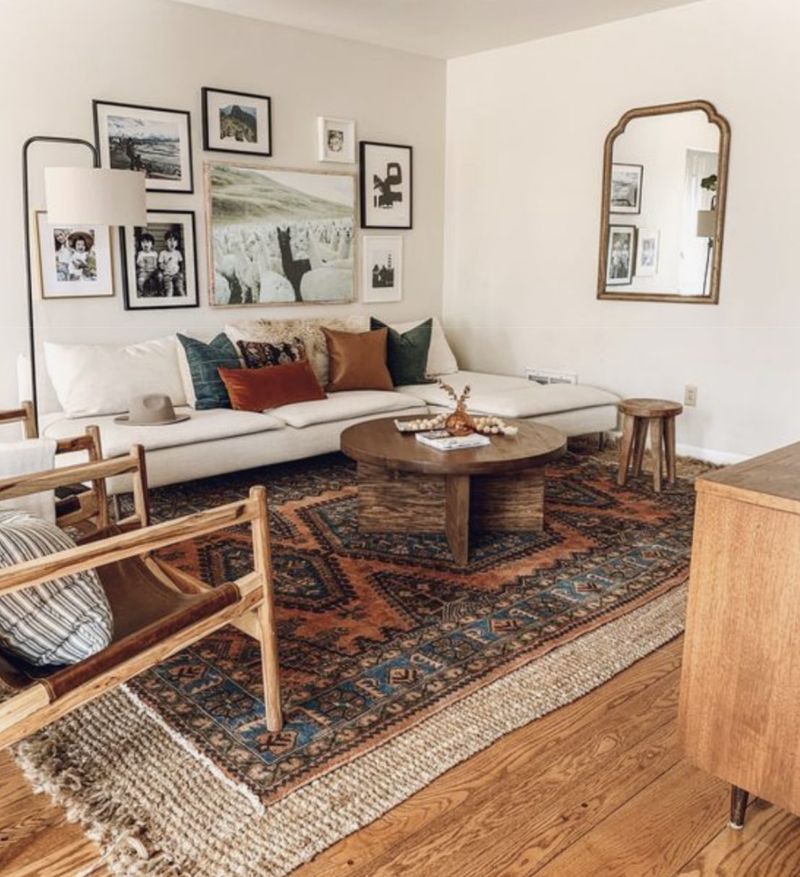
Handcrafted textiles are stealing the spotlight as people crave authenticity and tactile comfort in their homes. Chunky knit throws, macramé wall hangings, and handwoven pillows add dimension and soul to spaces that might otherwise feel flat. Artisanal rugs, particularly those with subtle imperfections that reveal their handmade nature, ground rooms with character and warmth.
These textiles tell stories through their patterns and techniques, often representing cultural traditions that have been perfected over generations. The slight variations in hand-dyed yarns and hand-knotted patterns create depth that machine-made alternatives simply can’t replicate.
Beyond their beauty, these textiles serve practical purposes too – absorbing sound, adding warmth, and creating visual boundaries within open spaces. I love layering different textures for a rich sensory experience that invites touch and creates coziness.
8. Indoor Plants and Greenery
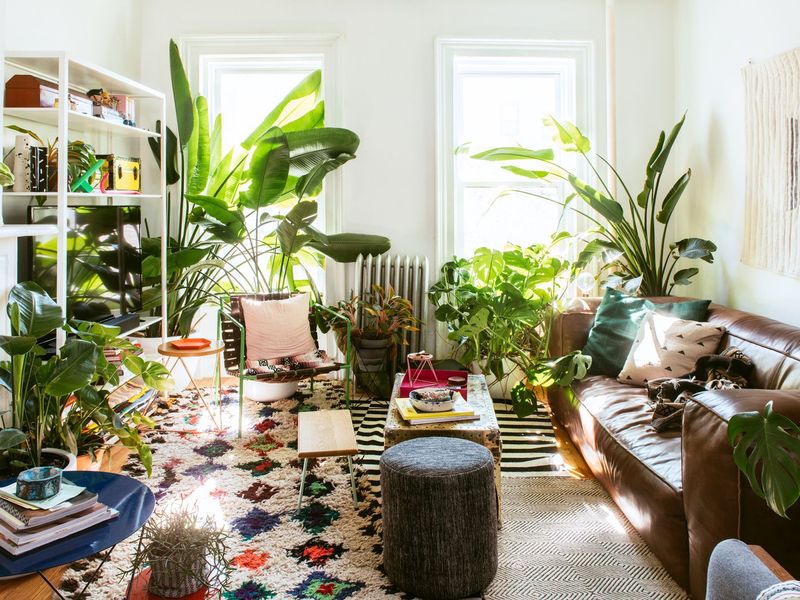
Houseplants have evolved from simple accessories to essential design elements that breathe life into our spaces. From towering fiddle leaf figs to collections of tiny succulents, plants add color, texture, and a connection to nature that we instinctively crave.
The biophilic design movement recognizes our innate need to connect with natural elements for wellbeing. Plants improve air quality while satisfying this deep-seated desire. Creative display methods have evolved too hanging planters, propagation stations, and dramatic plant stands elevate greenery from mere decoration to living art.
For plant-challenged homeowners, high-quality faux options have become increasingly realistic alternatives. When selecting plants, consider the light conditions and your maintenance capacity rather than just aesthetics. Even one statement plant in the right location can transform a room’s energy completely.
9. Butcher-Block or Natural Wood Countertops
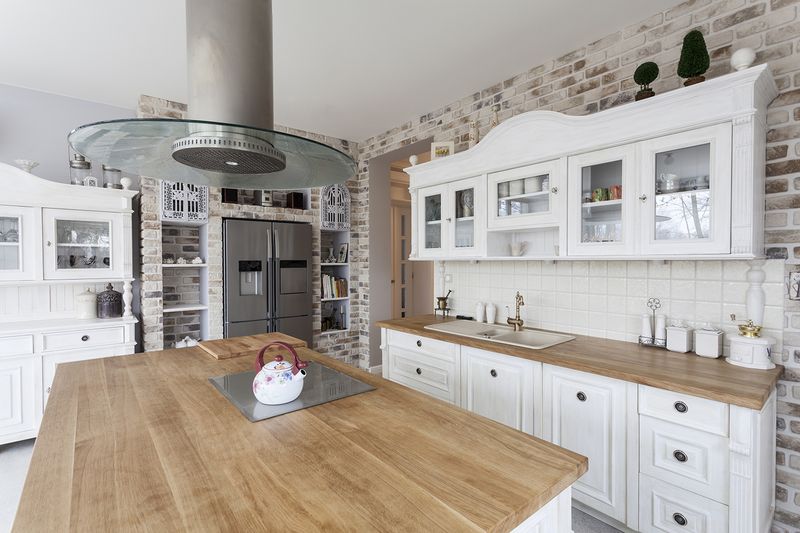
Wood countertops are experiencing a renaissance as homeowners seek warmth and character in kitchens that previously trended toward cool, clinical surfaces. These natural workspaces develop a beautiful patina over time that tells the story of a well-loved kitchen.
Unlike the perfect uniformity of engineered materials, wood counters embrace their natural variation and age gracefully. Many homeowners are combining wood with other materials perhaps using butcher block on an island while stone lines the perimeter counters. This mixed approach delivers both the warmth of wood and the practicality of more water-resistant surfaces where needed.
Maintenance has become simpler with modern sealants that protect without hiding the wood’s natural beauty. I find these countertops particularly appealing in homes where cooking is a passion rather than a chore – they create a connection to traditional craftsmanship that feels increasingly valuable in our mass-produced world.
10. Built-in Shelving with Curated Displays

Custom built-ins are making a major comeback, offering both practical storage and opportunities for personal expression. These architectural features frame our collections and treasures in ways that freestanding furniture simply cannot match.
The current approach to styling these shelves emphasizes quality over quantity thoughtfully arranged objects with negative space between them rather than packed displays. This curated approach allows each item to breathe and be appreciated. Color coordination within shelving creates cohesion while still allowing for personality to shine through.
Built-ins maximize space efficiency in smaller homes while creating architectural interest in larger ones. I particularly love designs that incorporate varied shelf heights and depths to accommodate different objects. When planning built-ins, consider future flexibility shelves that can adjust to changing collections will serve you better over time.
11. Subtle Ceiling Accents

Ceilings often called the fifth wall are finally getting the attention they deserve. Subtle treatments like pale colored paint, delicate moldings, or textured wallpaper transform these overlooked surfaces into design features that complete a room.
Unlike the bold ceiling statements of previous decades, today’s approach is more nuanced. Soft color washes that are a shade or two off from the wall color create depth without overwhelming the space. In rooms with architectural details, ceiling treatments highlight existing bones rather than competing with them.
This attention to ceilings creates rooms that feel thoughtfully designed from every angle. I find ceiling accents particularly effective in bedrooms, where we actually spend time looking upward. When considering ceiling treatments, factor in your room’s height lower ceilings benefit from lighter treatments while higher ones can handle more dramatic approaches.
12. Textured Walls with Plaster or Limewash
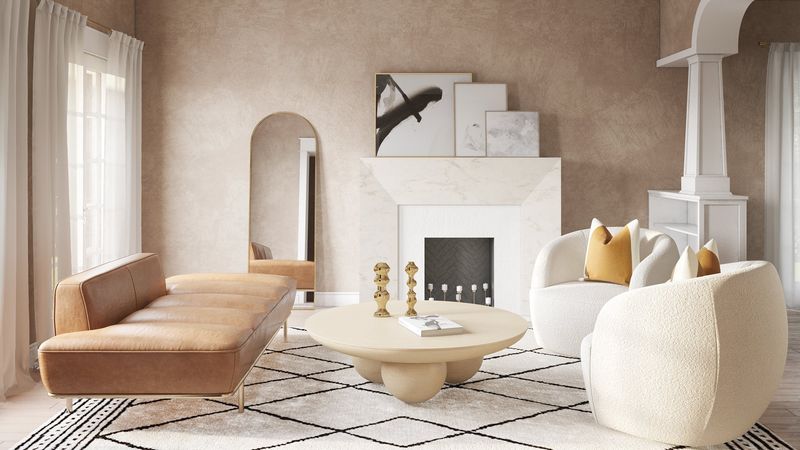
Flat painted walls are giving way to surfaces with subtle dimension and movement. Techniques like Venetian plaster, limewash, and Roman clay add tactile interest while maintaining a sophisticated, timeless appeal that won’t quickly date your space.
These finishes create depth through their subtle variation and play with light differently throughout the day, making walls feel alive rather than static. Many homeowners are applying these textures in unexpected places powder rooms, ceiling details, or as backdrops within shelving for surprise moments of visual interest.
The handcrafted nature of these finishes connects to our desire for authenticity in our homes. While some techniques require professional application, others like limewash are surprisingly DIY-friendly. I love how these textured surfaces blur the line between architecture and art, creating backdrops that stand on their own while still supporting the room’s overall design.
13. Soft, Sculptural Shapes in Furniture

Furniture with organic, rounded forms is replacing the rigid, angular pieces that dominated previous decades. These softer silhouettes – from cloud-like sofas to curved chairs and rounded tables – create spaces that feel inviting rather than formal. The psychology behind this trend is fascinating – our brains naturally respond positively to organic shapes that echo what we see in nature.
Curved furniture also tends to facilitate better conversation and connection, as people can position themselves more naturally toward one another. Upholstery fabrics for these pieces often emphasize their sculptural quality bouclés, velvets, and other textured materials that invite touch. When incorporating sculptural furniture, balance is key.
Too many statement pieces can create visual chaos, while one or two anchor pieces surrounded by simpler forms creates pleasant tension. I find these softer pieces work beautifully to soften spaces with hard architectural elements like exposed brick or concrete.

